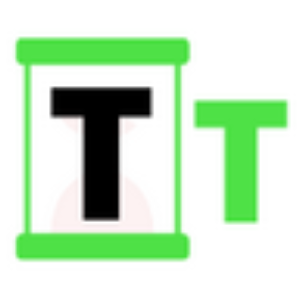MiCA Clears 53 Crypto Firms—Binance & Tether Still Waiting
3 min read
The European Union’s pioneering Markets in Crypto-Assets (MiCA) legislation has approved licenses for 53 crypto firms to offer services across the bloc, a major milestone toward unified digital asset regulation. Conspicuously missing from the first round of approvals, however, are two of the sector’s largest participants—Binance and Tether—a move that says a lot about compliance, market structure, and the future of stablecoins in Europe. Who Made the MiCA List? As of July 2025, 14 stablecoin issuers (EMT issuers) and 39 crypto-asset service providers (CASPs) have been issued MiCA licenses. The approvals allow firms to ”passport” their services to all 30 European Economic Area (EEA) countries without needing separate national approvals. Leading Licensed Firms : 1. Stablecoin Issuers : Circle, Crypto.com, Société Générale – Forge, Stablemint, Quantoz, Membrane Finance, StablR, etc. (20 fiat-backed stablecoins: 12 euro-pegged, 7 US dollar-pegged, 1 Czech koruna-pegged) 2. Crypto-Asset Service Providers : Coinbase, Kraken, Bitstamp, OKX, Robinhood, Trade Republic, BBVA, Clearstream, eToro, N26, and others Germany and the Netherlands are the licensing leaders, with 23 of the 39 CASP approvals combined. Category Number Licensed Leading Countries Examples Stablecoin Issuers 14 France, Germany, Netherlands Circle, Crypto.com, StablR CASPs 39 Germany (12), Netherlands (11) Coinbase, Kraken, Bitstamp Why Are Binance and Tether Missing? Tether , the world’s largest stablecoin issuer, has yet to be approved by MiCA. Insufficient audit transparency and reluctance to meet MiCA’s strict governance and disclosure standards are cited by regulators and industry lawyers as significant obstacles. As a result, Tether’s USDT has been delisted from several EU exchanges, and the company has stated that it would focus on other markets until the EU regime becomes less ”risk-averse.”. Binance has not yet obtained a MiCA license either, due in large part to pending regulatory questions and compliance matters across Europe. The exchange has pulled applications or closed in many EU countries over the past two years and has been under investigation in France and Spain. MiCA’s demands for robust governance, transparency, and anti-money laundering measures have been especially challenging for such a large, complex organization. What Does Phased Licensing Mean for European Liquidity? MiCA’s phased rollout means that only compliant stablecoins and compliant service providers can legally be offered or listed in the EU. Already, this has led to the delisting of non-compliant tokens (most prominently USDT) and market share consolidation among regulated players. For investors and institutions, the new rules offer the promise of greater transparency and consumer protection, but also risk reducing diversity and innovation in the short term. “MiCA is a game-changer for European crypto, but the bar is high. Firms must demonstrate not just technical compliance, but real governance and transparency,” notes a Brussels-based digital finance lawyer. Brussels attorneys note that MiCA’s passporting regime is a double-edged sword: it lowers the barriers for big, compliant players but raises the costs and complexity for smaller competitors, potentially accelerating market consolidation. The September regulatory checkpoint can anticipate more companies being added or removed as compliance checks continue Europe’s new MiCA regime is reshaping the crypto landscape—bringing clarity and access to some, and new hurdles for even the industry’s largest players. The next few months will reveal whether giants like Binance and Tether can adapt, or if they will be irrevocably changed by Europe’s new rules.

Source: Coinpaper



